Julie Moore shows you how to give your birds a very thorough check to ensure they are in good health
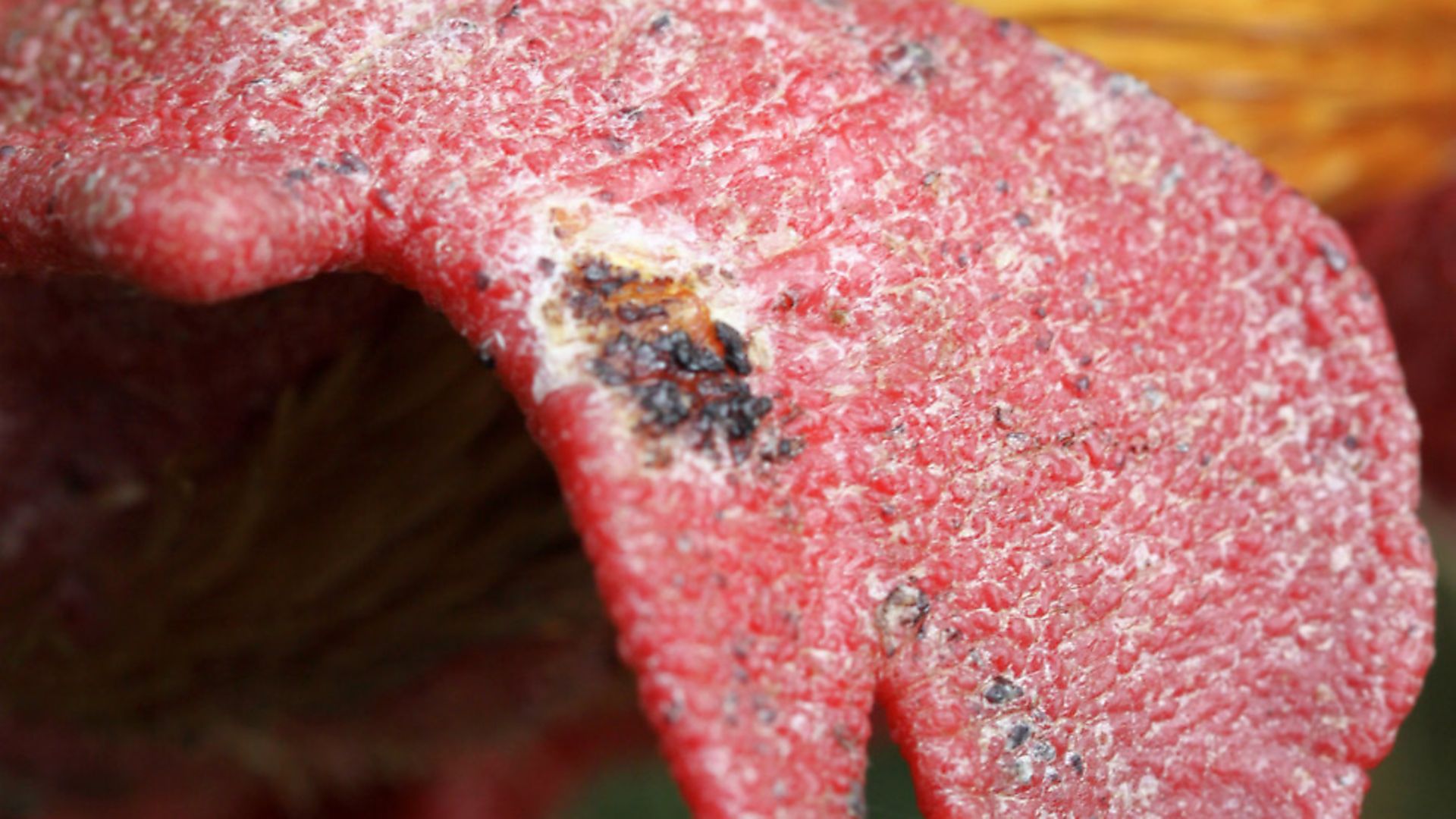
Whether you’re just about to buy some hens for the first time or are adding to your existing flock, it’s important that you inspect your potential purchases for good health. By visiting your chosen breeder in person, you’ll get to see the conditions they’ve been reared in and the health of the flock they come from rather than someone else selecting your chickens for you and having them delivered to your door.
Once you have your chickens, it’s essential to carry out regular physical examinations to ensure their continuing good health and longevity. As prey animals, chickens are highly skilled at hiding pain, discomfort and weakness so by the time you notice that something is wrong it is often too late. By spending time amongst your flock, you’ll be able to pick up the subtle clues they offer when they’re under the weather.
A healthy bird is alert and active, eating and drinking throughout the day with periods of dustbathing, sunbathing / resting in the afternoon. By really observing your flock, you’ll know what is ‘normal’ and any changes in behaviour should be investigated further.
Common indications of a sick chicken include: a hunched stance, lethargy, inactivity, hiding, loss of appetite, pale comb or wattles, unusual droppings or a decrease in egg production. If you see any of these signals or changes from ‘normal’ behaviour, closer observation is needed. Follow our comb to toe checklist of what to look out for when either buying birds or as part of your routine examination.
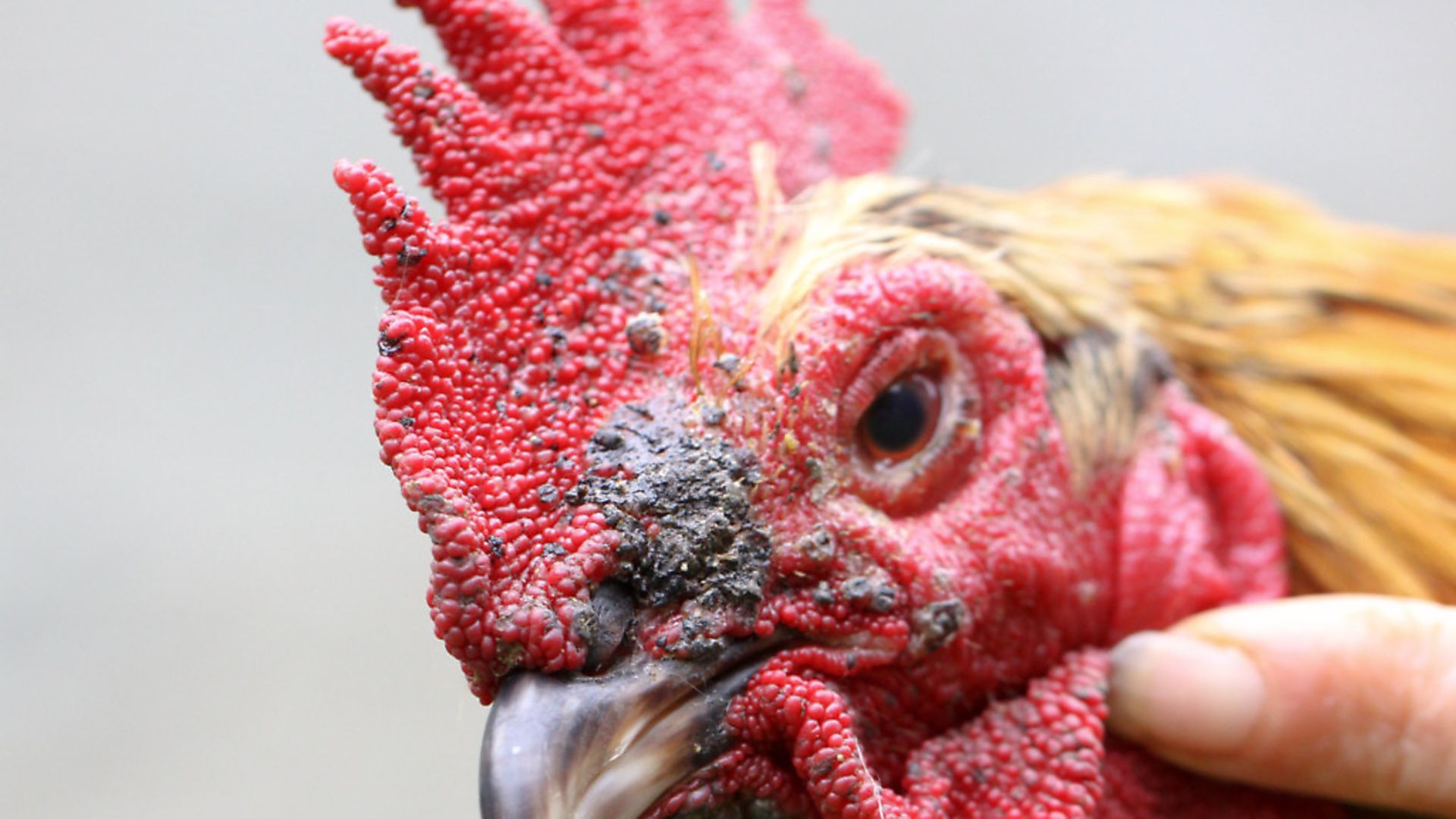
Comb and Wattles
The comb and wattles should be red and correct for the breed — if a breed’s comb is upright, it shouldn’t be flopped over or shrivelled if it’s supposed to be plump looking.
The comb and wattles should not be pale, purple, ashen or have scabs or lesions which could indicate avian pox, frostbite or pecking injuries from other chickens. Large combed birds are more susceptible to frostbite in winter than smaller combed breeds.
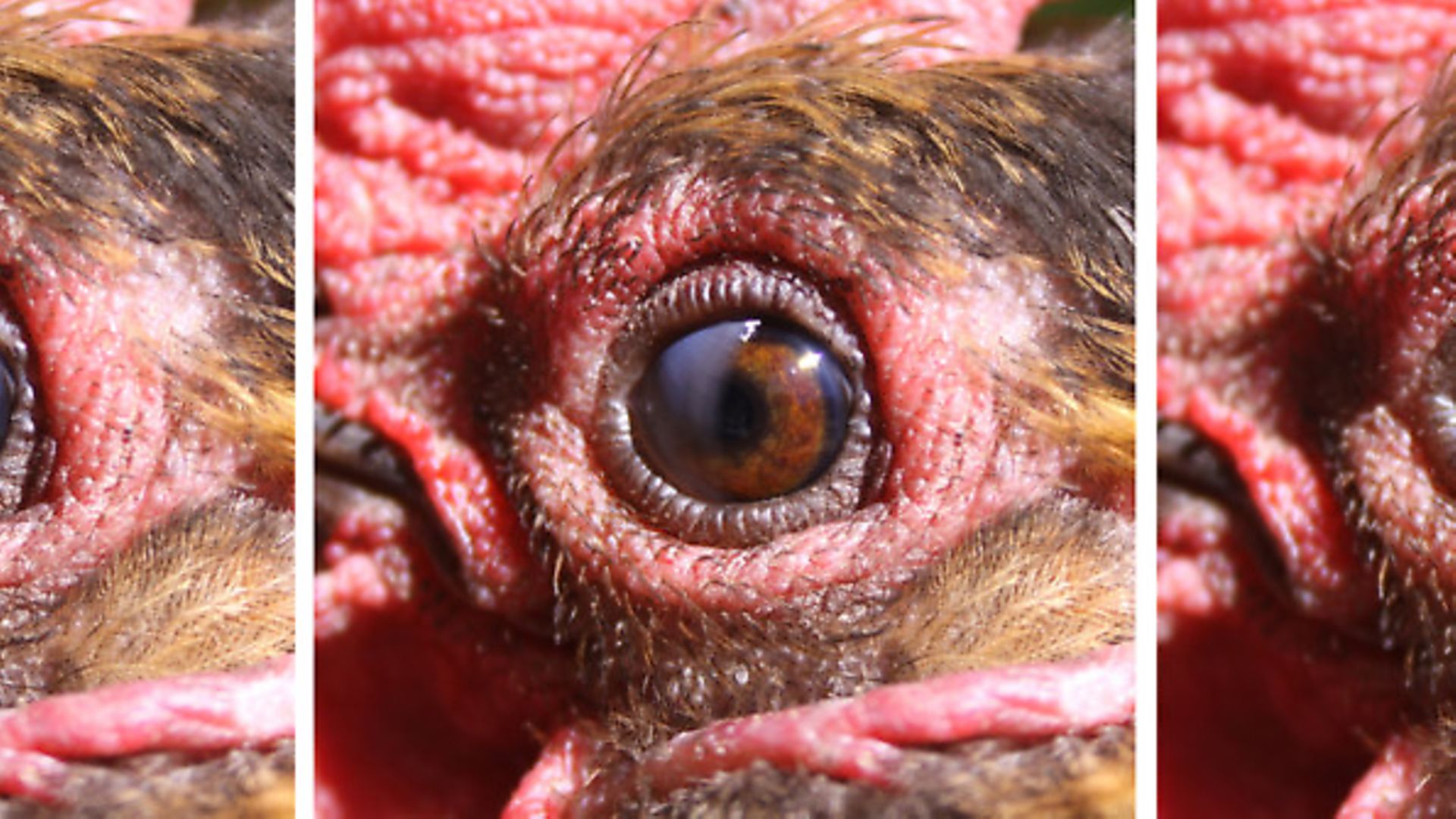
A pale comb is ‘normal’ in the following circumstances: a hen who is broody; a hen who is moulting; a hen who is not in lay or a pullet who has not yet come into lay.
Eyes
The eyes should be clear, bright, round and moist. They should not be dry, sunken, swollen, cloudy or watery and there should not be any bubbles or discharge from the eye.
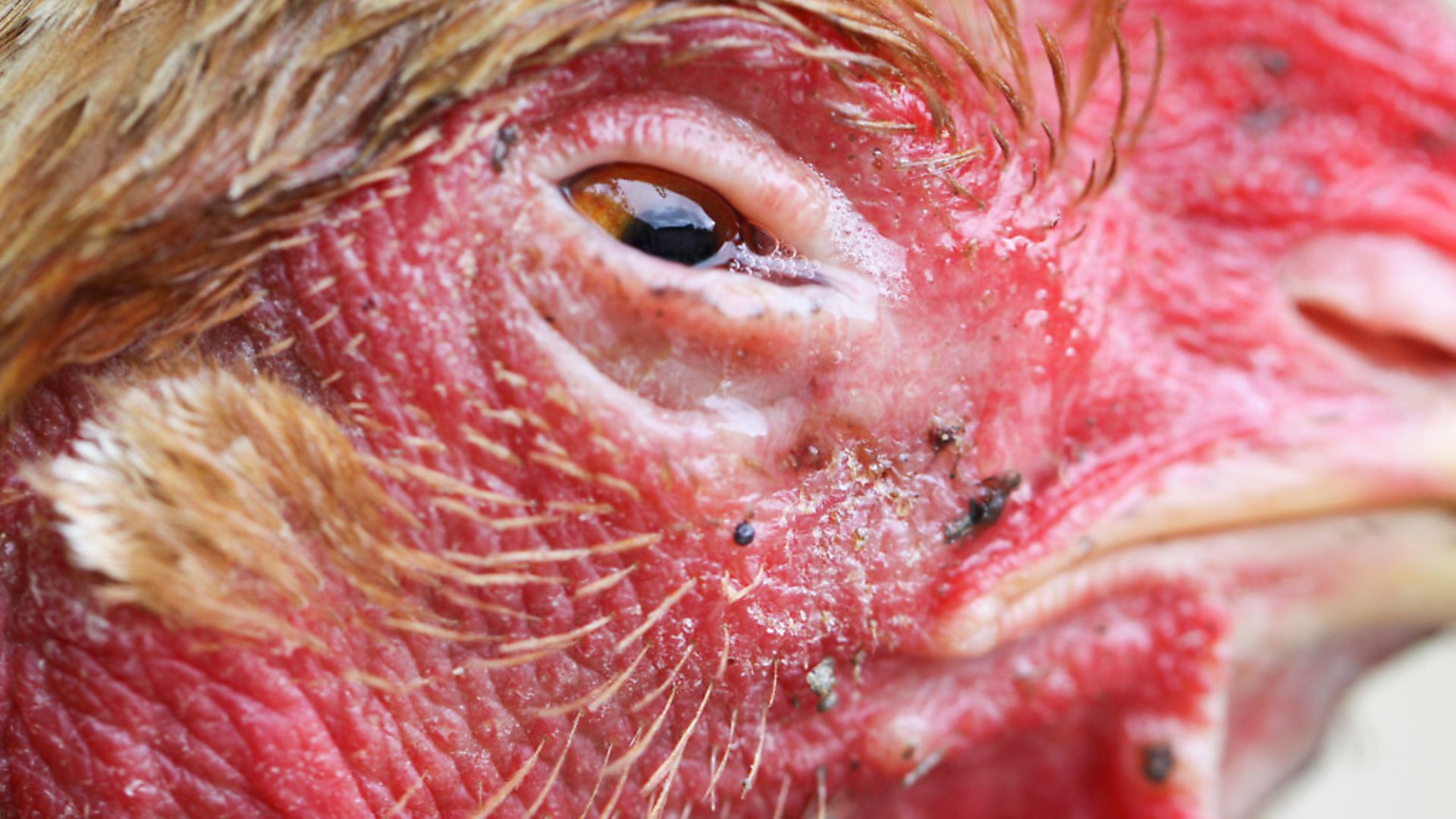
Chickens do have a third eyelid, the nictitating membrane which moistens, cleans and protects the eye. Dustbathing offers prime time viewing of the nictitating membrane, but you may already have seen it when you’ve been looking through your photographs as it ruins an otherwise good picture!
Nares
A chicken’s nostrils are called nares. They should be clean, without any discharge or crustiness.
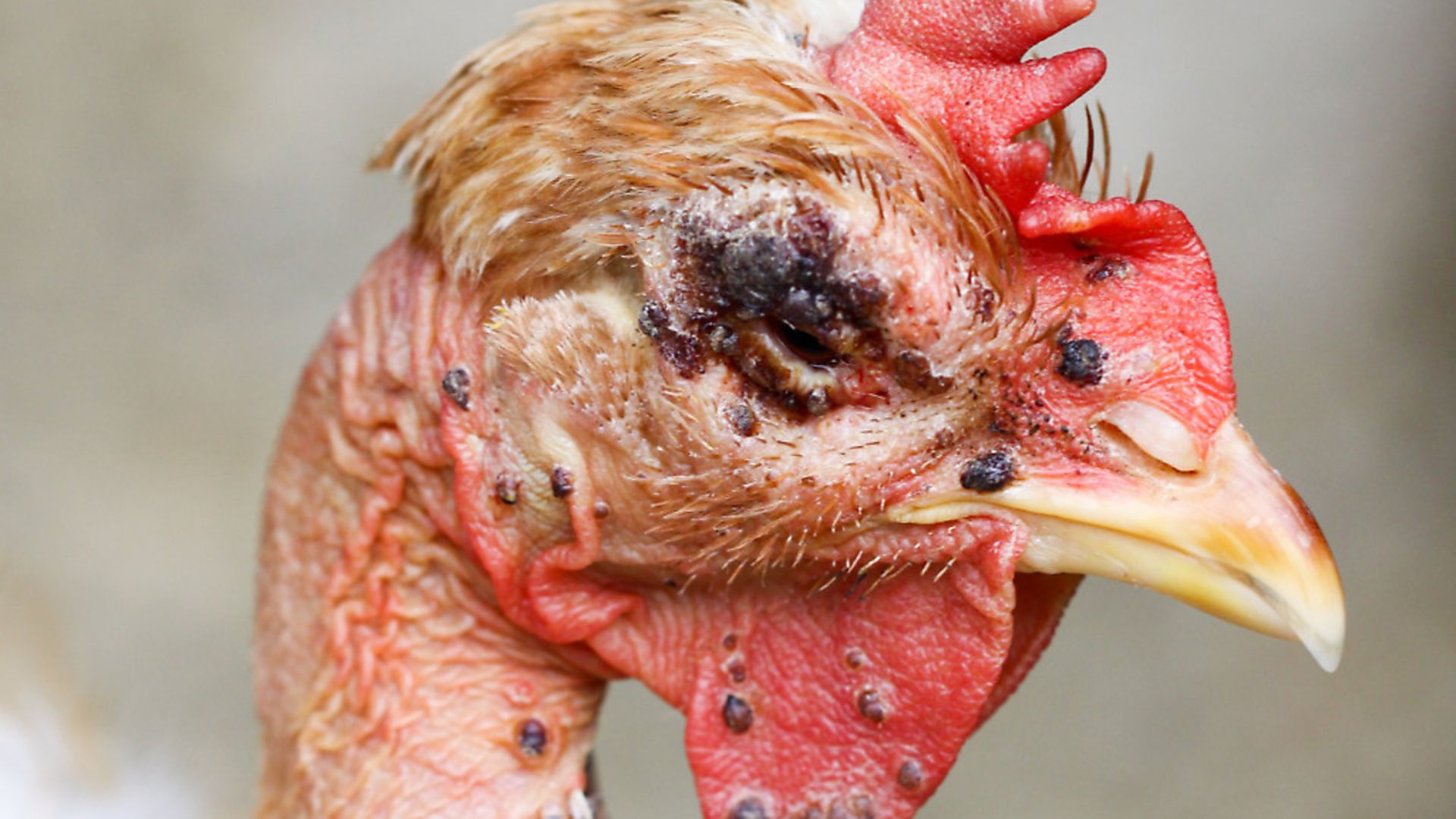
Beak
A normal beak is smooth, without any cracks and closed most of the time. An open beak can indicate stress or over-heating as chickens have no sweat glands and pant to regulate their body temperature during hot weather.
The upper mandible (top half of the beak) is slightly longer than the lower and should be aligned directly above it.
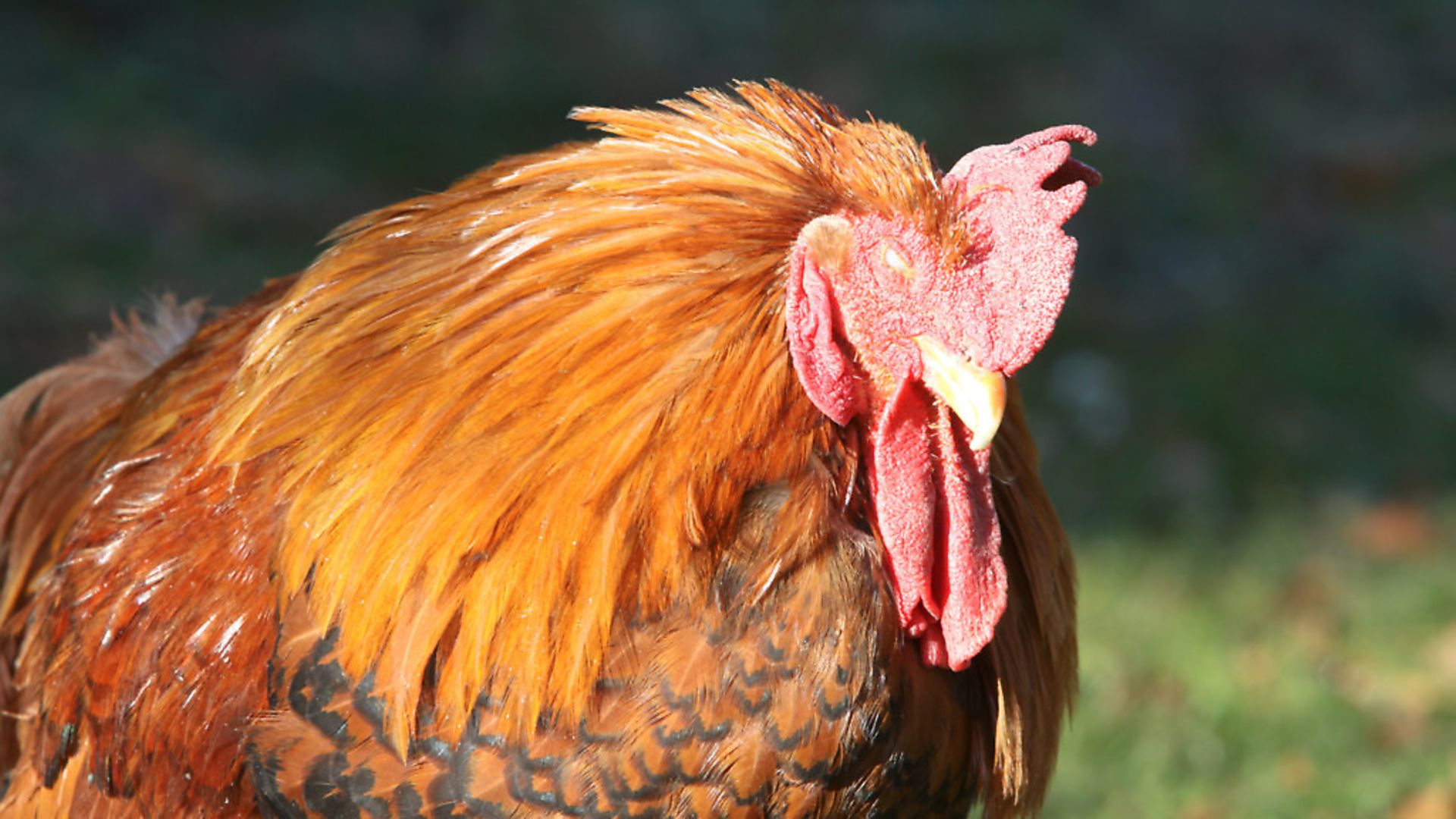
Free-ranging chickens will maintain the length and shape of their beaks by pecking at the ground and wiping their beak on hard or abrasive surfaces such as rocks. If your flock are confined to a run, provide a hard object for beak trimming.
The beak continues to grow throughout the bird’s life, just like your fingernails and may require maintenance. If the beak is overgrown or chipped, you can file it down, but as the beak is sensitive, don’t be too over enthusiastic.
Mouth
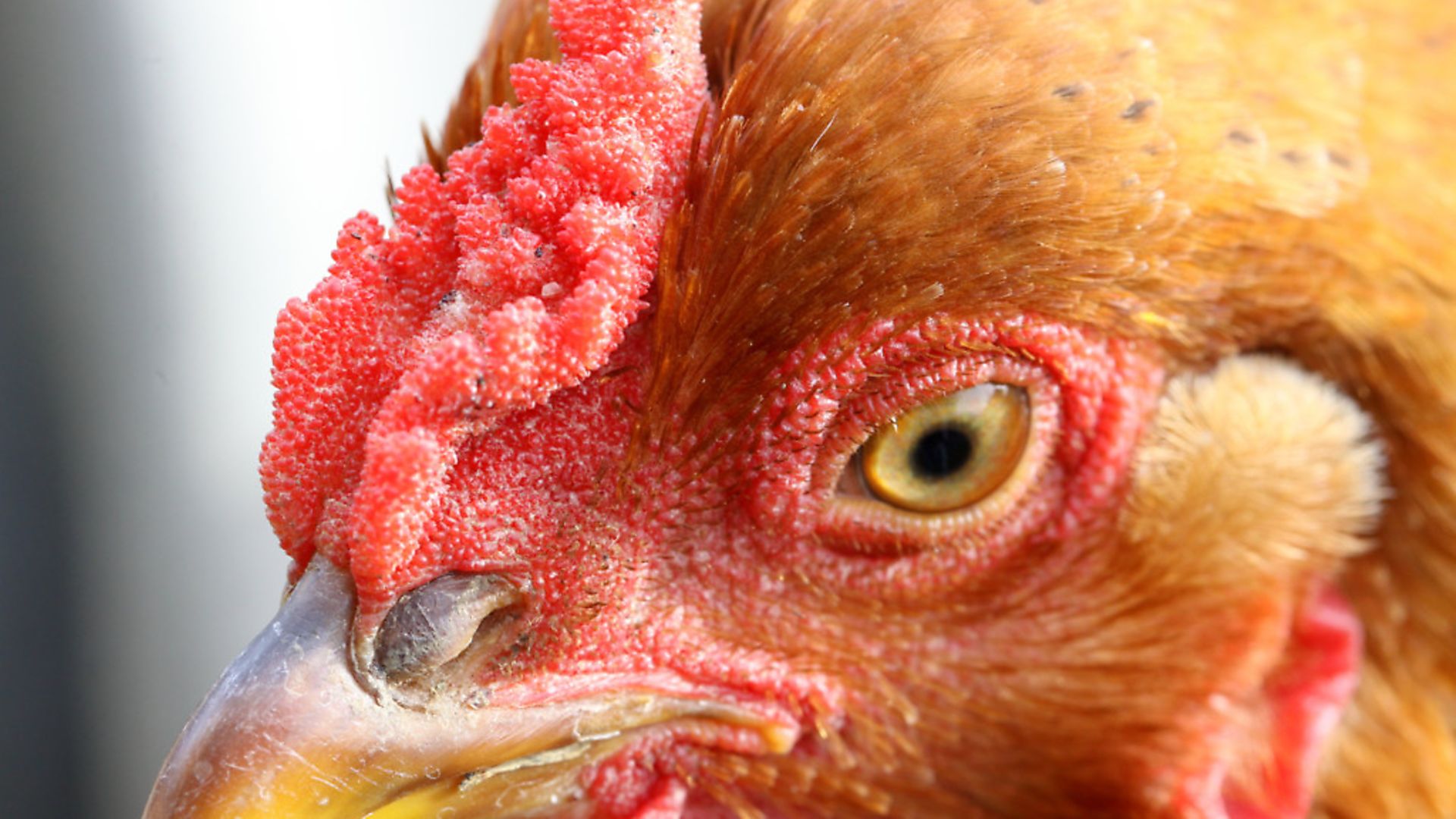
There shouldn’t be any foaming or discharge from the mouth. Noisy, squeaky or laboured breathing is abnormal. The inside of the mouth should be free from lumps, lesions and discolouration. A rancid milk smell coming from the mouth could indicate sour crop.
The roof of the mouth has a slit called the choanal slit which connects, via some passages to the nares. The slit should be clear and unobstructed.
Feathers
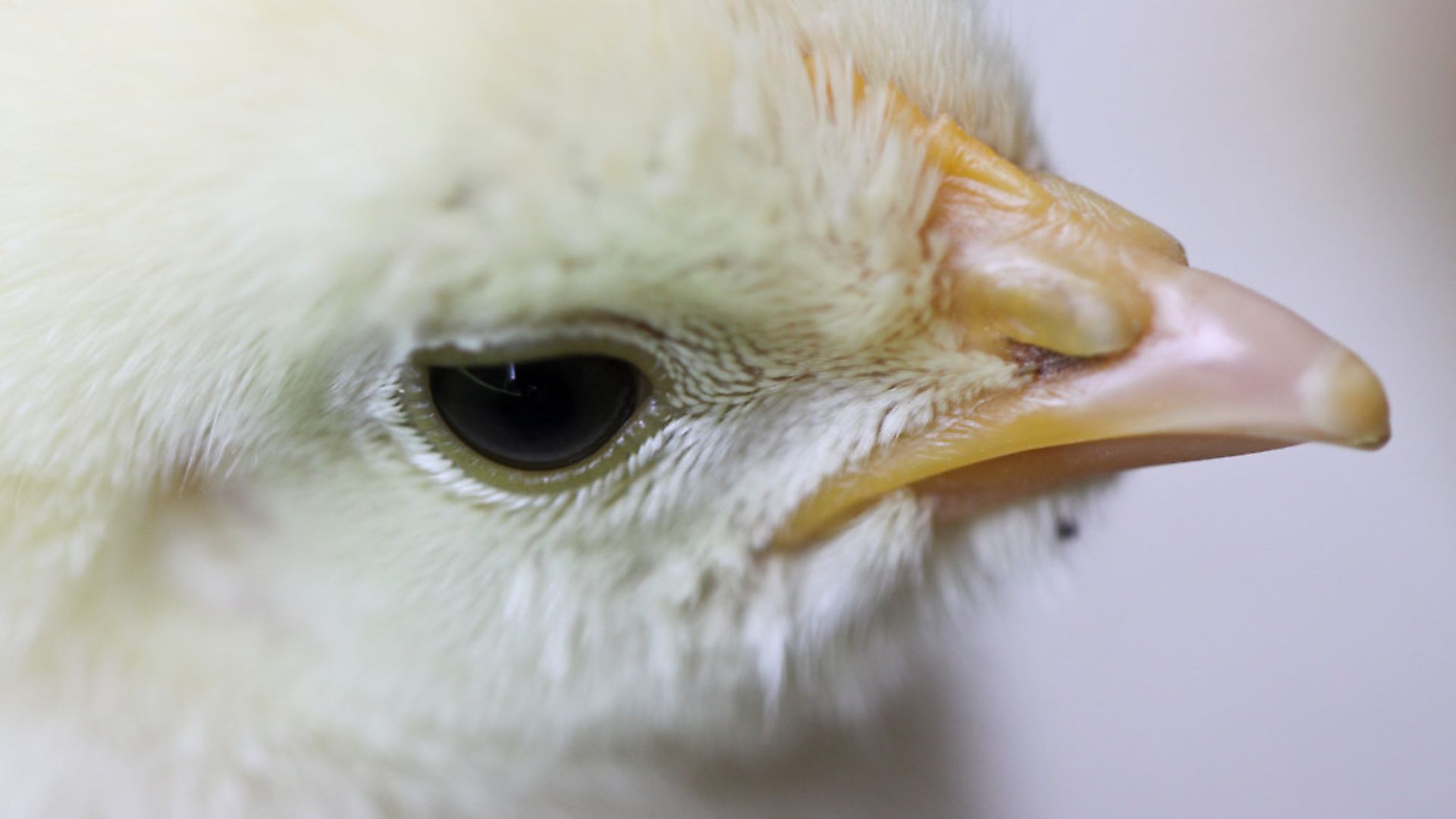
A chicken’s feathers should be glossy and lay flat against the body unless you have frizzle or similar breeds. Unless your flock are approaching a moult, feathers shouldn’t be broken, ruffled or tattered any of which could indicate behavioural problems within the flock such as an overzealous rooster, stress, parasites or a nutrient deficiency.
It’s important to understand what moulting looks like, when it is likely to happen and to know what the new, emerging pin feathers look like.
Skin
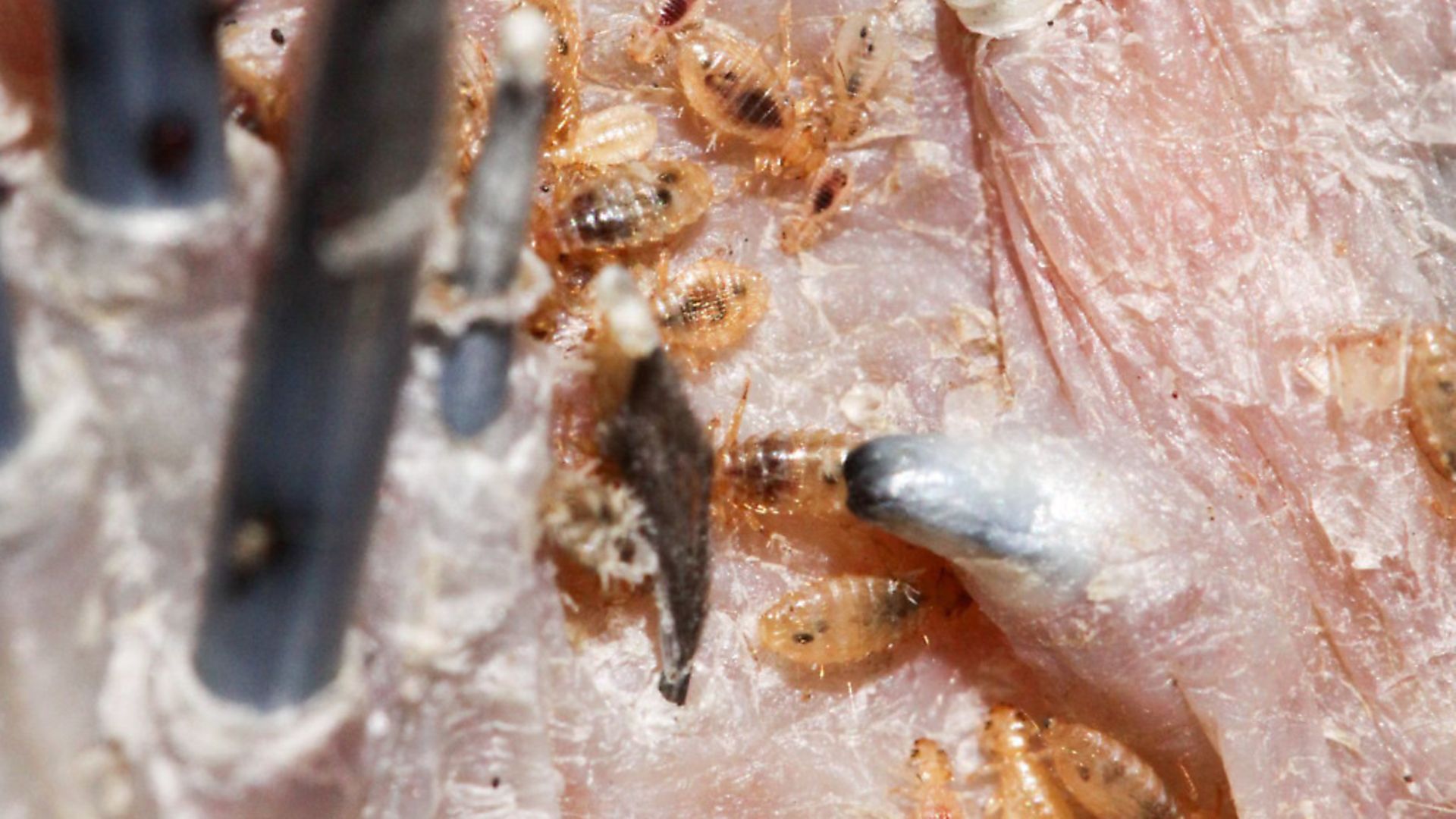
Injuries to the skin can be well hidden by feathers. Parting the feathers all over the chicken’s body allows you to check for mites, lice, lumps and injuries from a rooster’s spurs / nails during mating.
Breast and Keel
The breast should be firm and free from blisters. The keel bone runs down the middle of the chicken between the breast muscles and should be straight. A curved keel bone could indicate a calcium and phosphate imbalance or a vitamin D deficiency. A bony or protruding keel could indicate weight loss whilst one padded with fat or difficult to feel may suggest that the bird is obese.
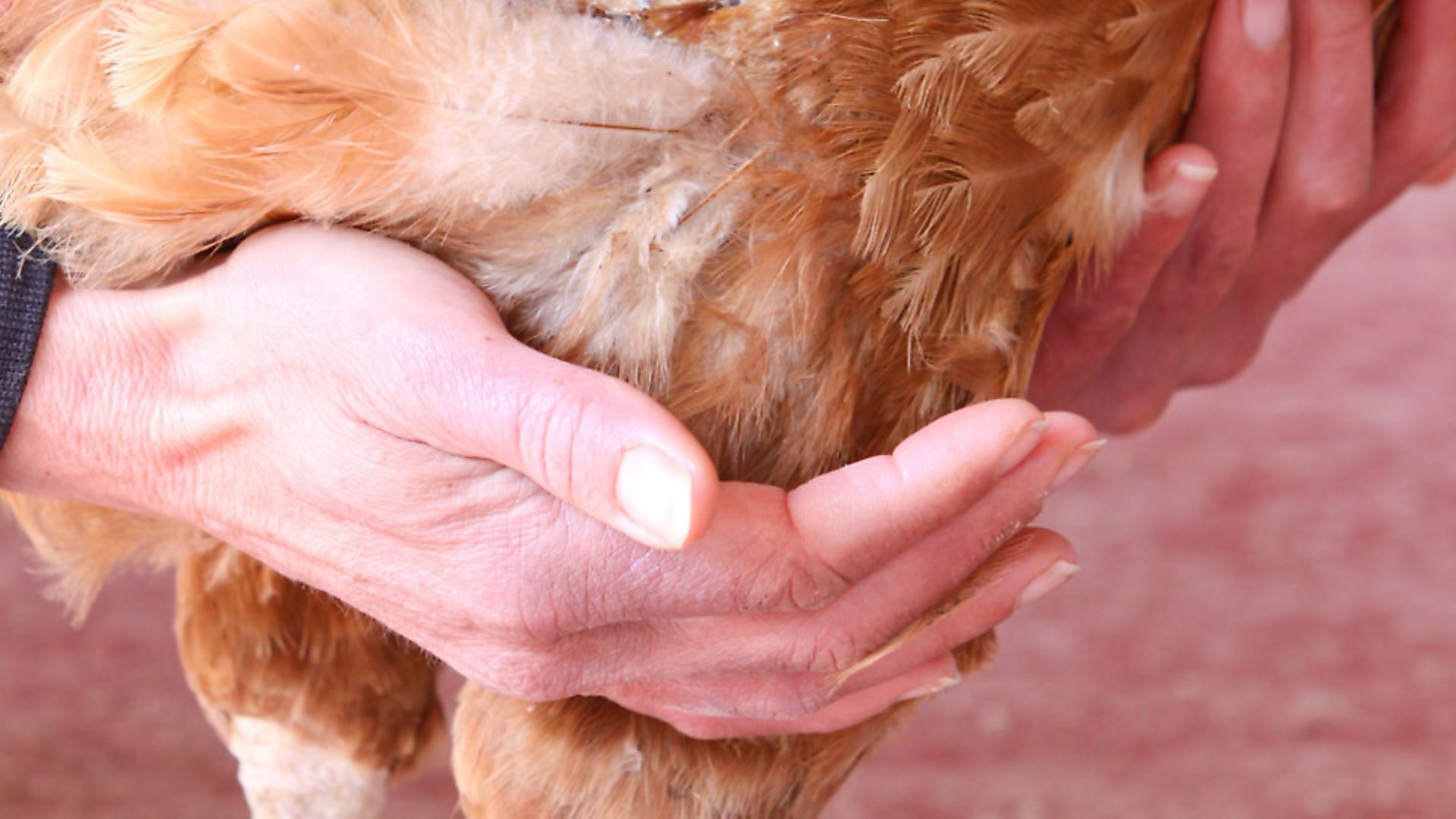
Crop
The crop is where the bird stores food waiting to be digested. After eating, the crop should feel swollen and slightly firm and will shrink as food is digested. It should be empty when you let your flock out in the morning and full at bedtime.
A chicken’s crop should not remain hard or fluid-filled.
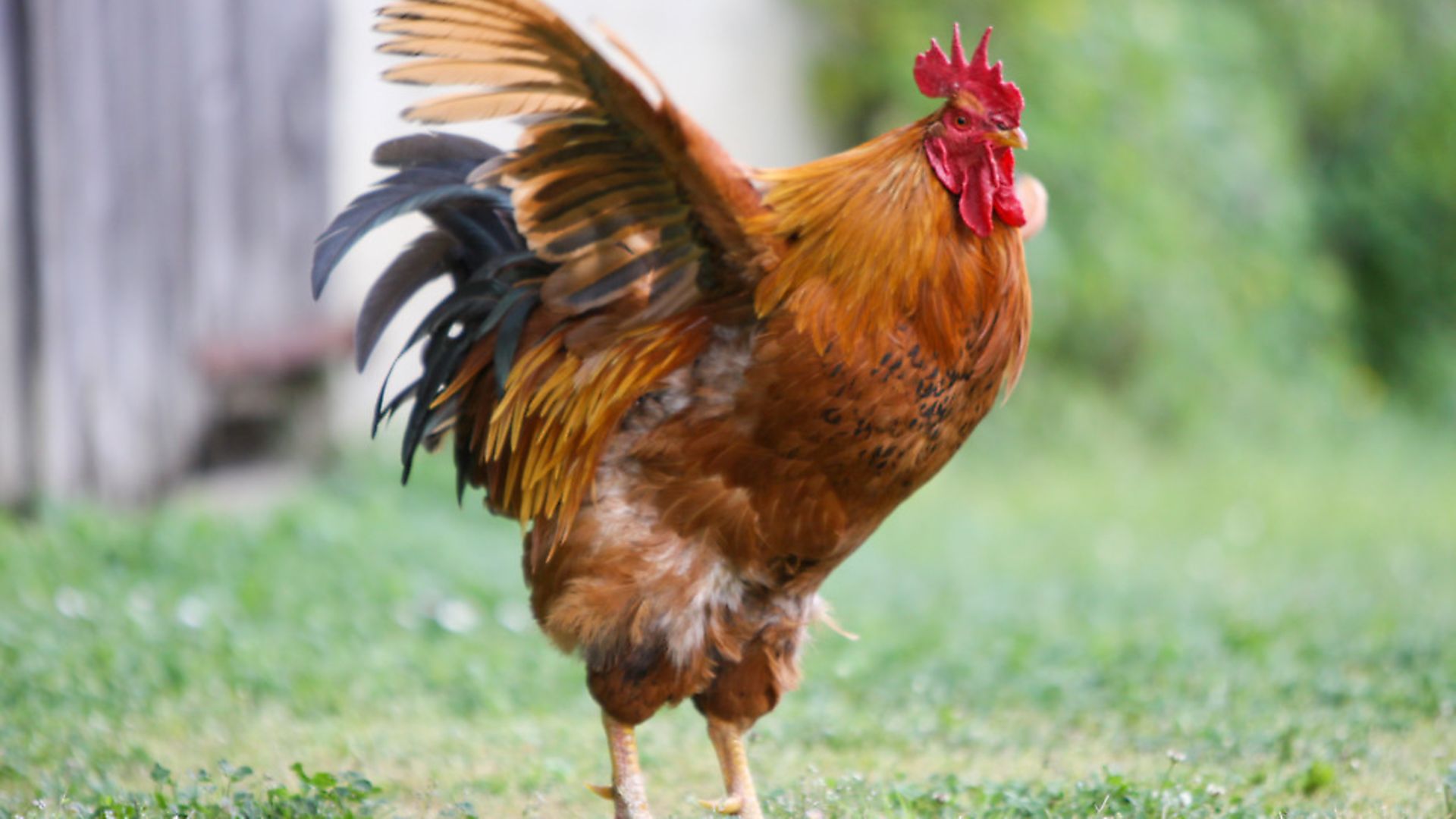
Wings
The bones on the wing should be free from cuts, swelling or injuries. Check beneath the wing for lice and mites.
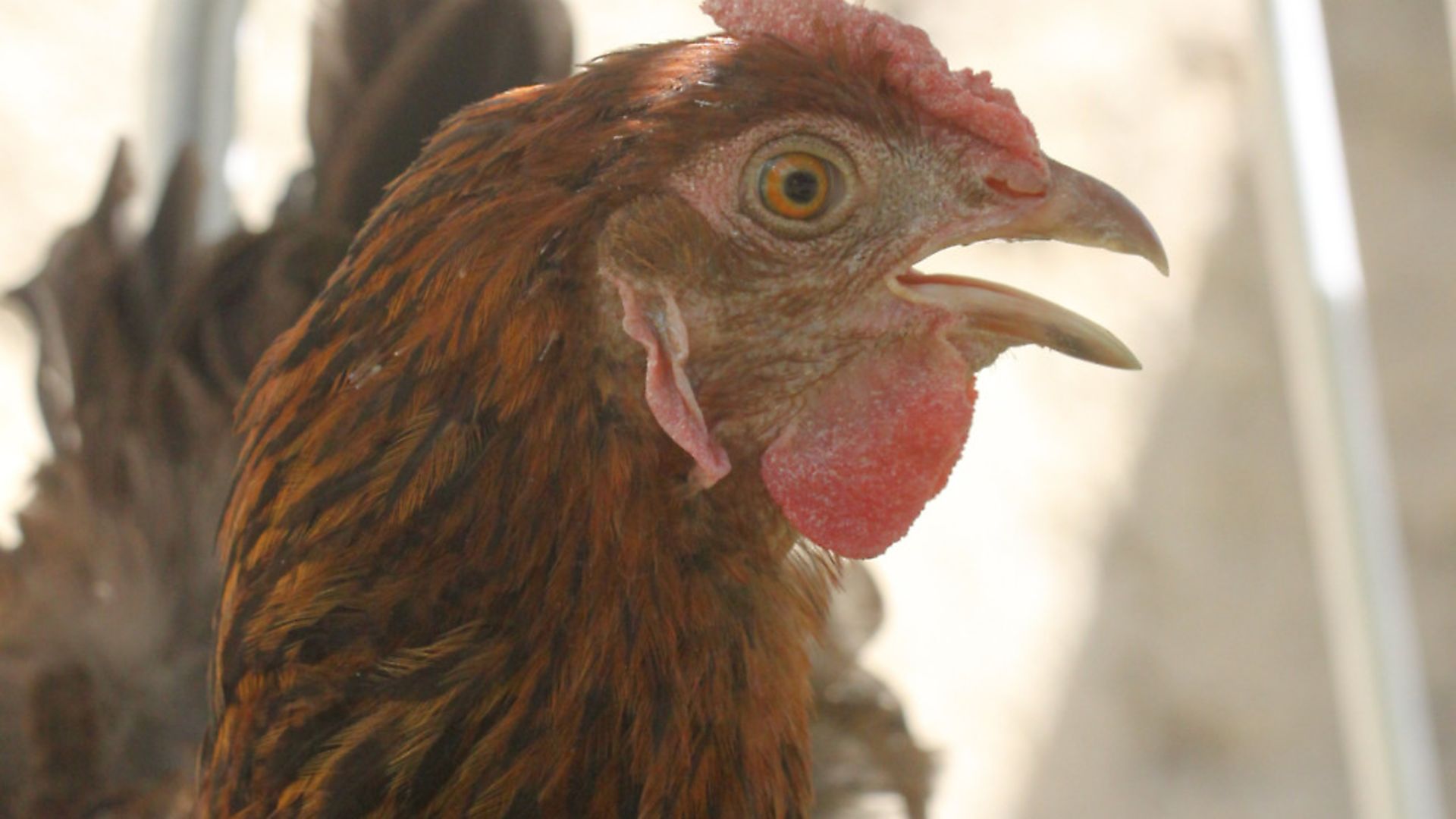
Abdomen
The abdomen should be firm, but not hard, swollen or squishy.
Preen Gland
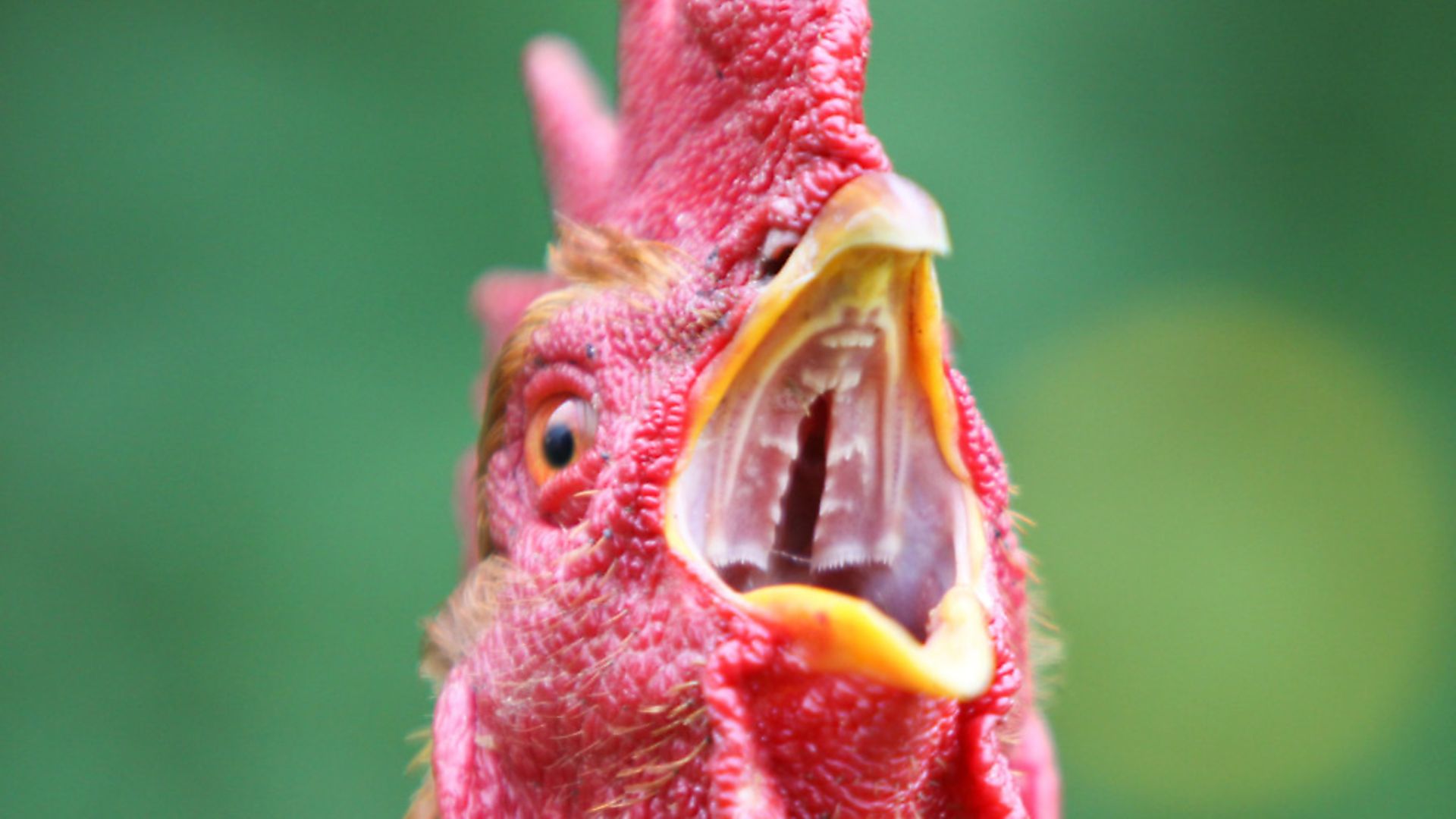
The preen gland should not be blocked and the skin surrounding the gland should be free from parasites.
Vent
A pink, wide moist vent indicates a hen in lay. A pale, dry vent suggests a non-laying hen.
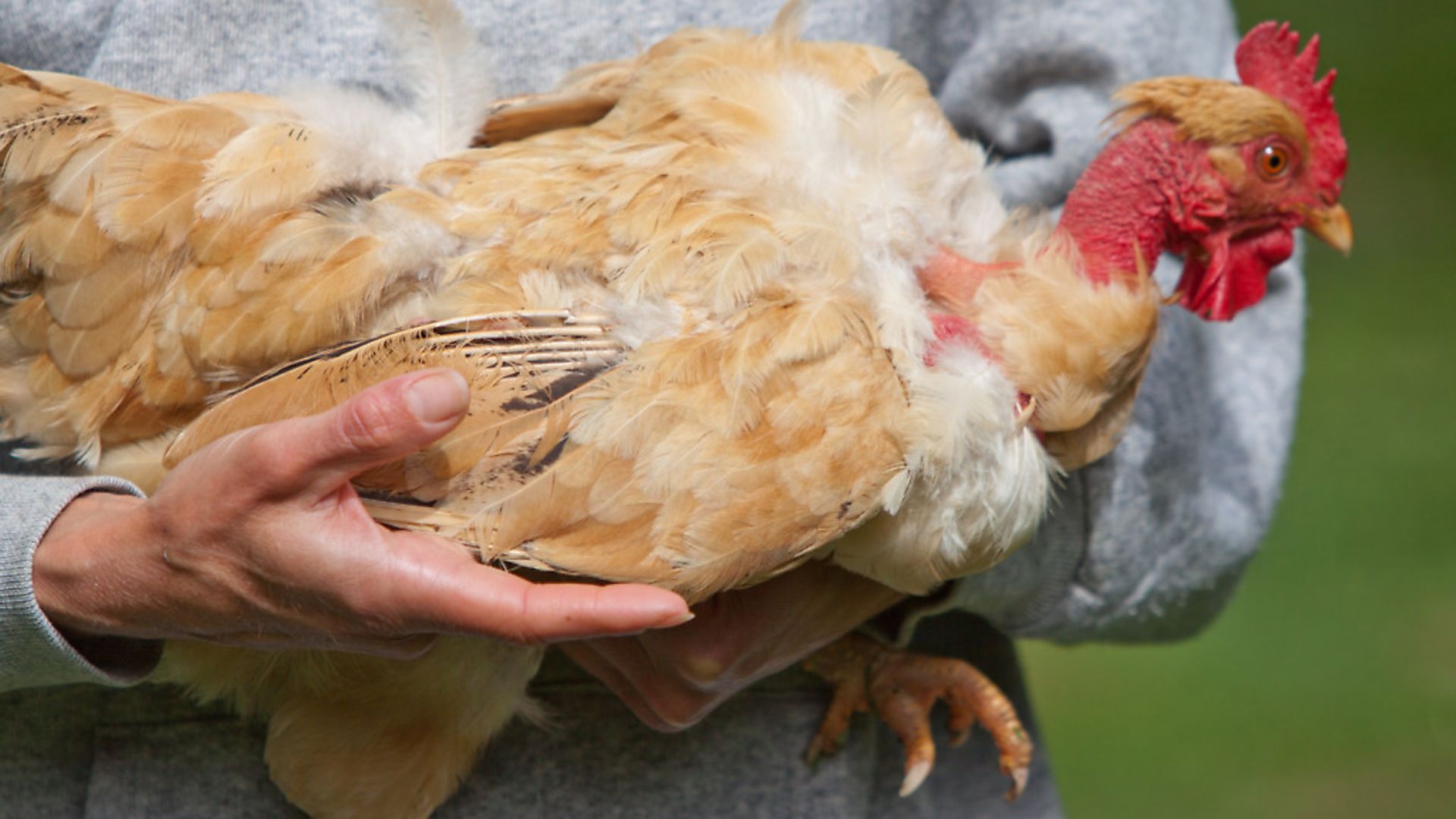
The vent should not protrude or be bloody. The vent is a favourite place for other birds to peck, so any slight sign of injury or blood may lead to cannibalism if not caught quickly.
Legs, Feet, Spurs and Toes
The scales on the legs and feet should be smooth and lie flat. You’ll notice that the scales are slightly rougher in older birds. Raised, flaky or crusty-looking scales suggest scaly leg mites. Feather-legged birds are prone to parasites so be extra vigilant when checking their legs.
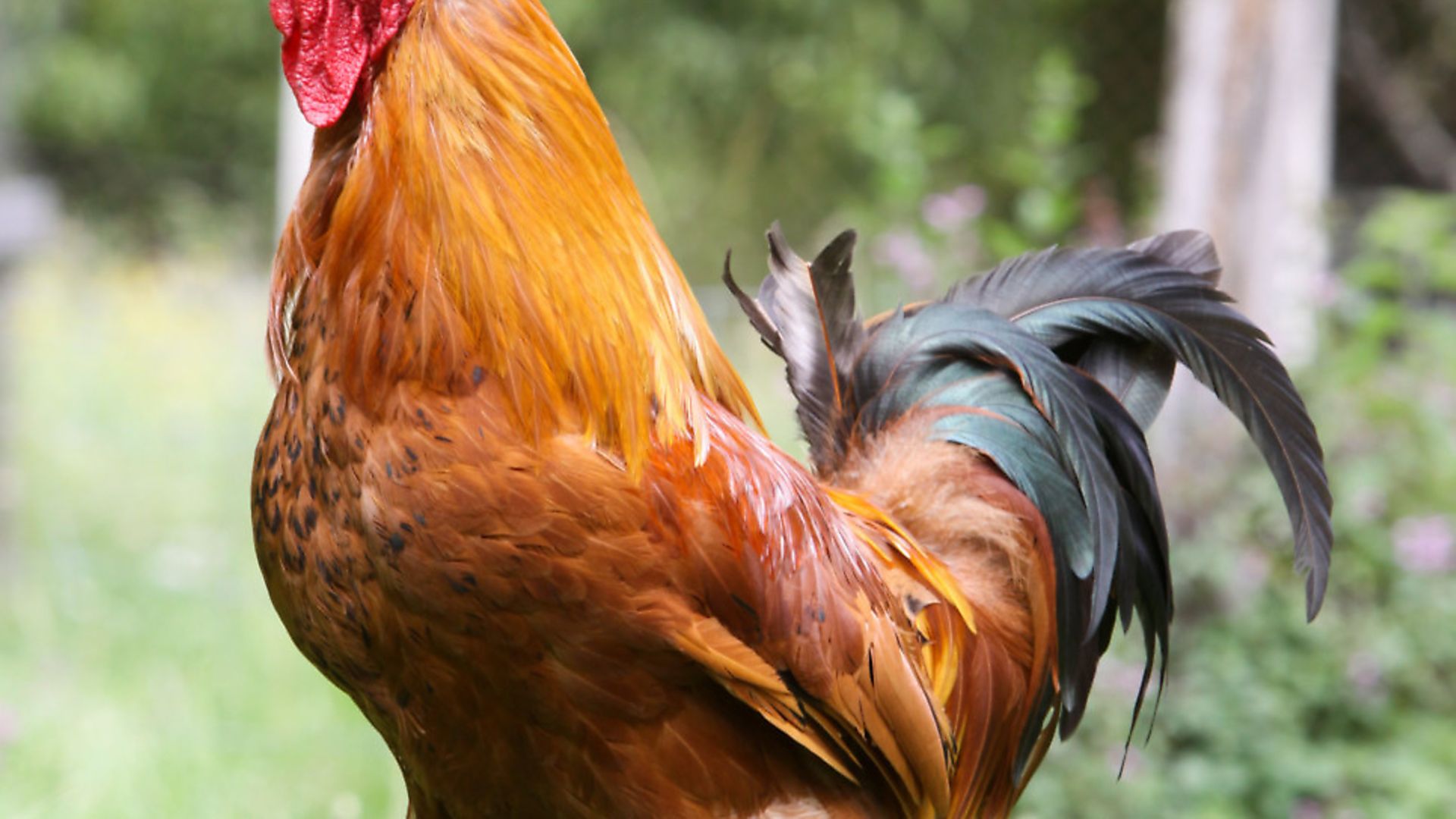
Check the bottom of the feet for any impacted dirt in the foot crevices. A black spot on the foot pad which cannot be removed by rubbing or washing could suggest a potentially fatal staph infection, bumblefoot. It usually starts with a small cut or splinter to the foot. Bacteria enter the wound and the bumble grows slowly over time which can cause a systemic infection in the bird. A veterinarian should be consulted regarding the treatment options.
If your birds are banded, check that the band isn’t too tight or causing any problems.
Nails should be a reasonable length — any that are overgrown should be trimmed or filed.
Spurs should not be too long so that the bird has difficulty walking or sharp so as to cause injury to a hen when mating. The spur has an inner layer, the quick which supplies blood flow and an outer layer which is hard like a fingernail. Spurs grow throughout the rooster’s life and will need trimming. When trimming / filing spurs, it’s important not to cut into the quick — by looking carefully, you can see where the quick ends in the spur.
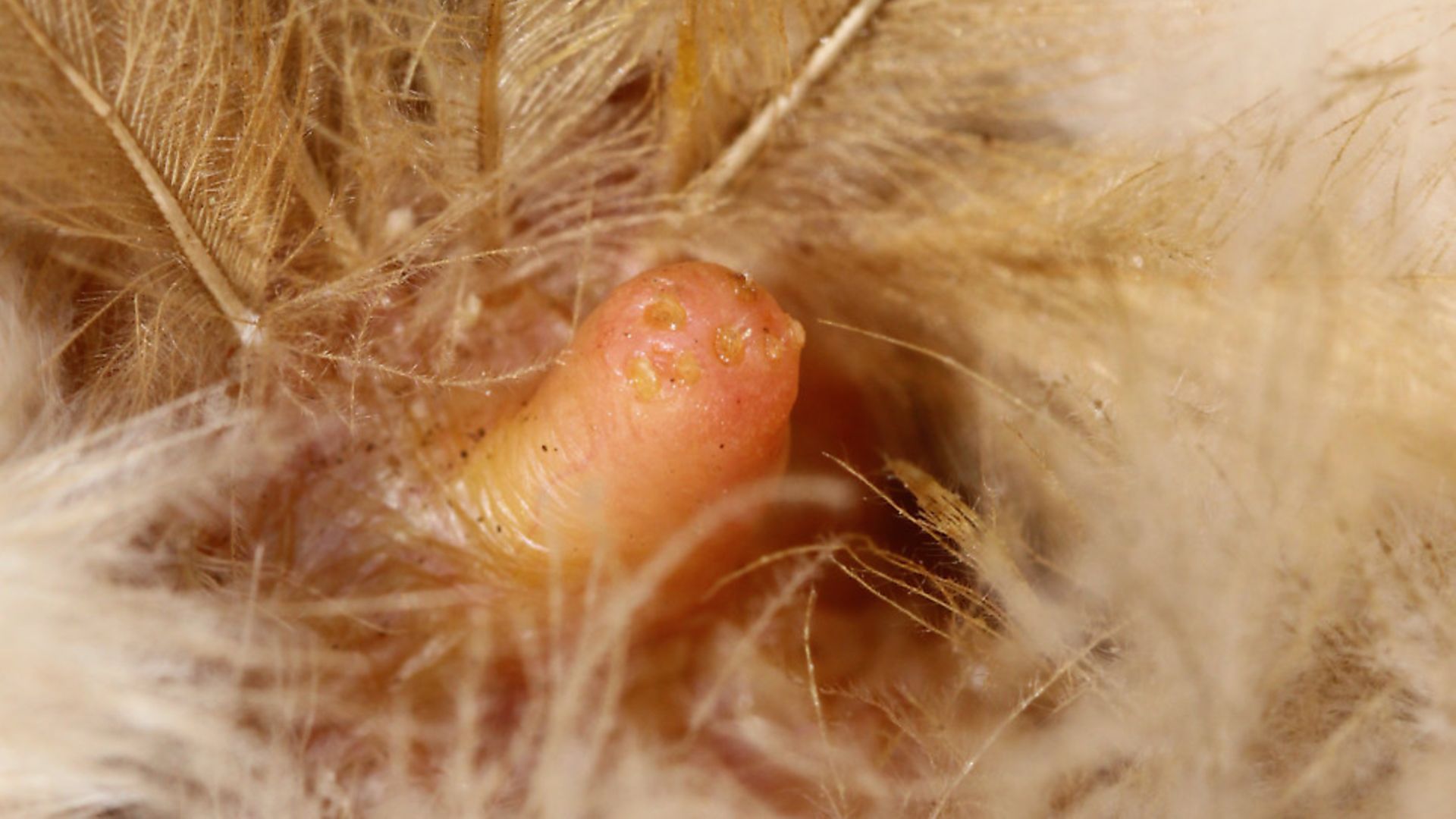
Weight
An adult bird should maintain a constant weight. Weight loss may indicate illness, worms, coccidiosis or bullying. Weight gain suggests over-feeding or too many treats.
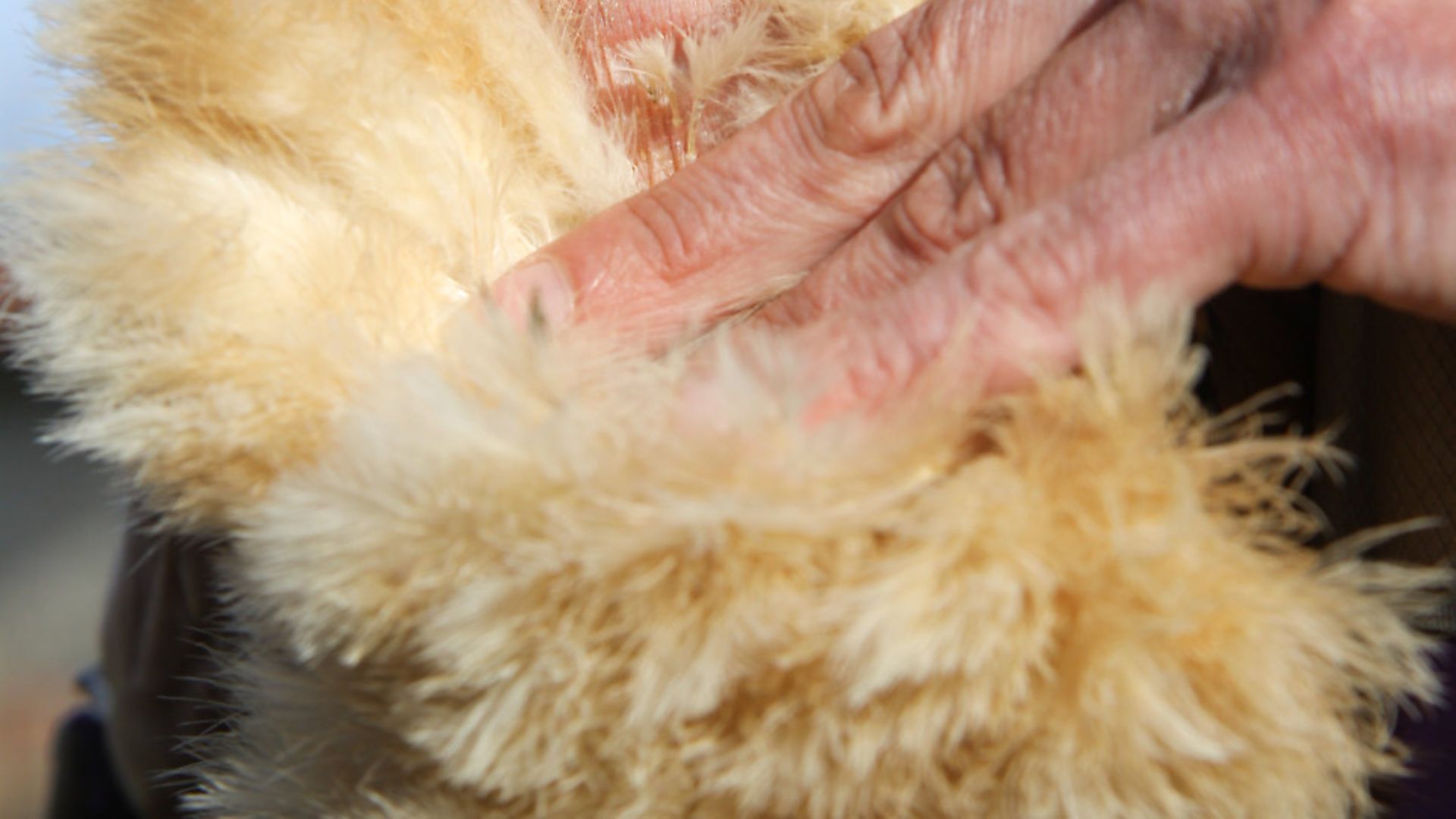
Poo
One of the first signs of illness is unusual droppings. Learn to recognise ‘normal’ droppings.
A droppings board beneath the roost provides a daily opportunity to observe abnormalities that might otherwise be lost in the bedding material.
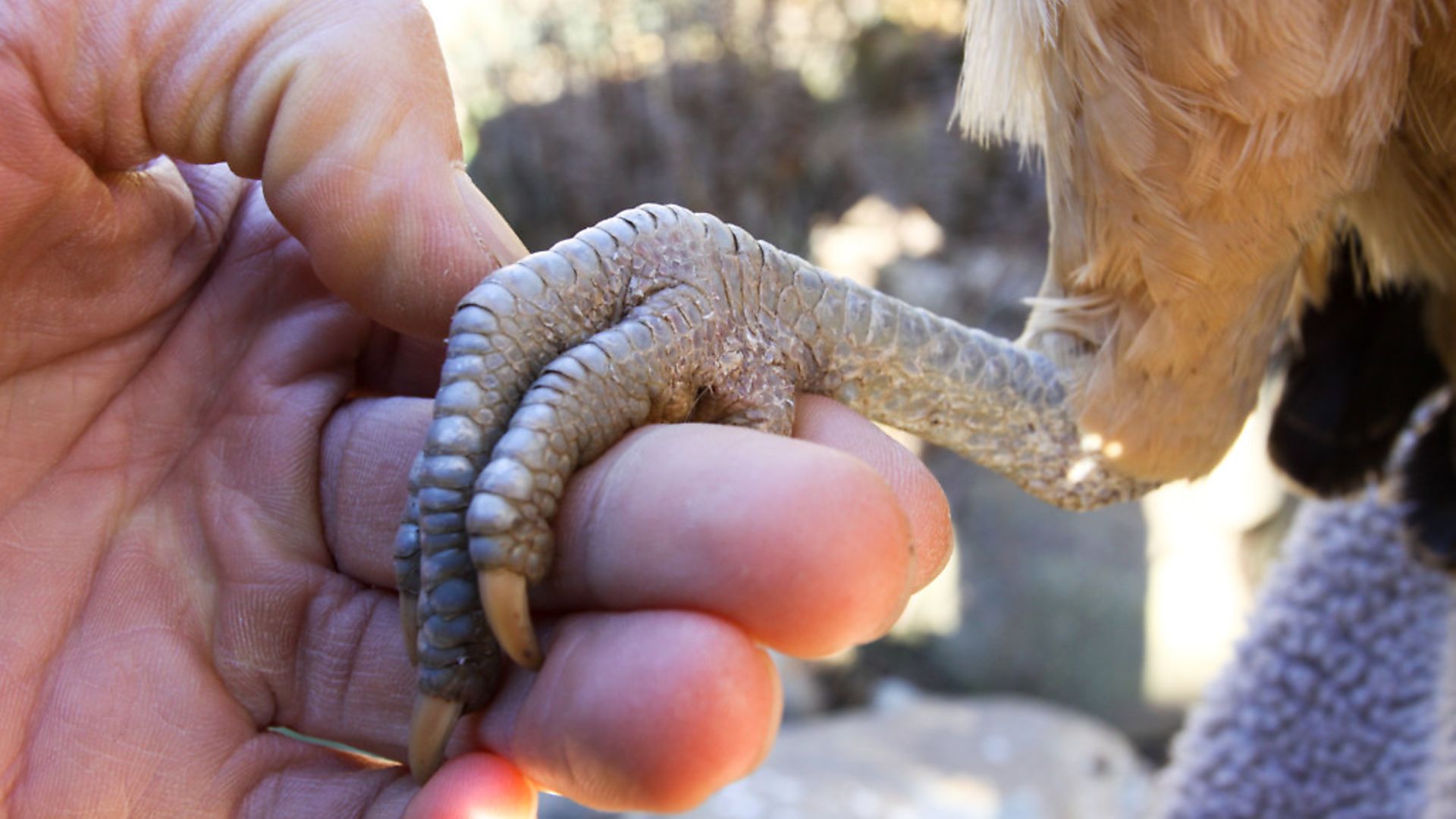
SUMMARY
A check-up shouldn’t take more than a few minutes per bird, unless you uncover problems or your hens don’t co-operate. If some of your flock are skittish or don’t like to be picked up, roosting time is a perfect opportunity to perform an inspection.
Carrying out a thorough and regular head-to-toe check-up of each hen can help nip any problems in the bud before they become a real issue. You’ll also be ensuring the health, happiness and lifespan of your flock.
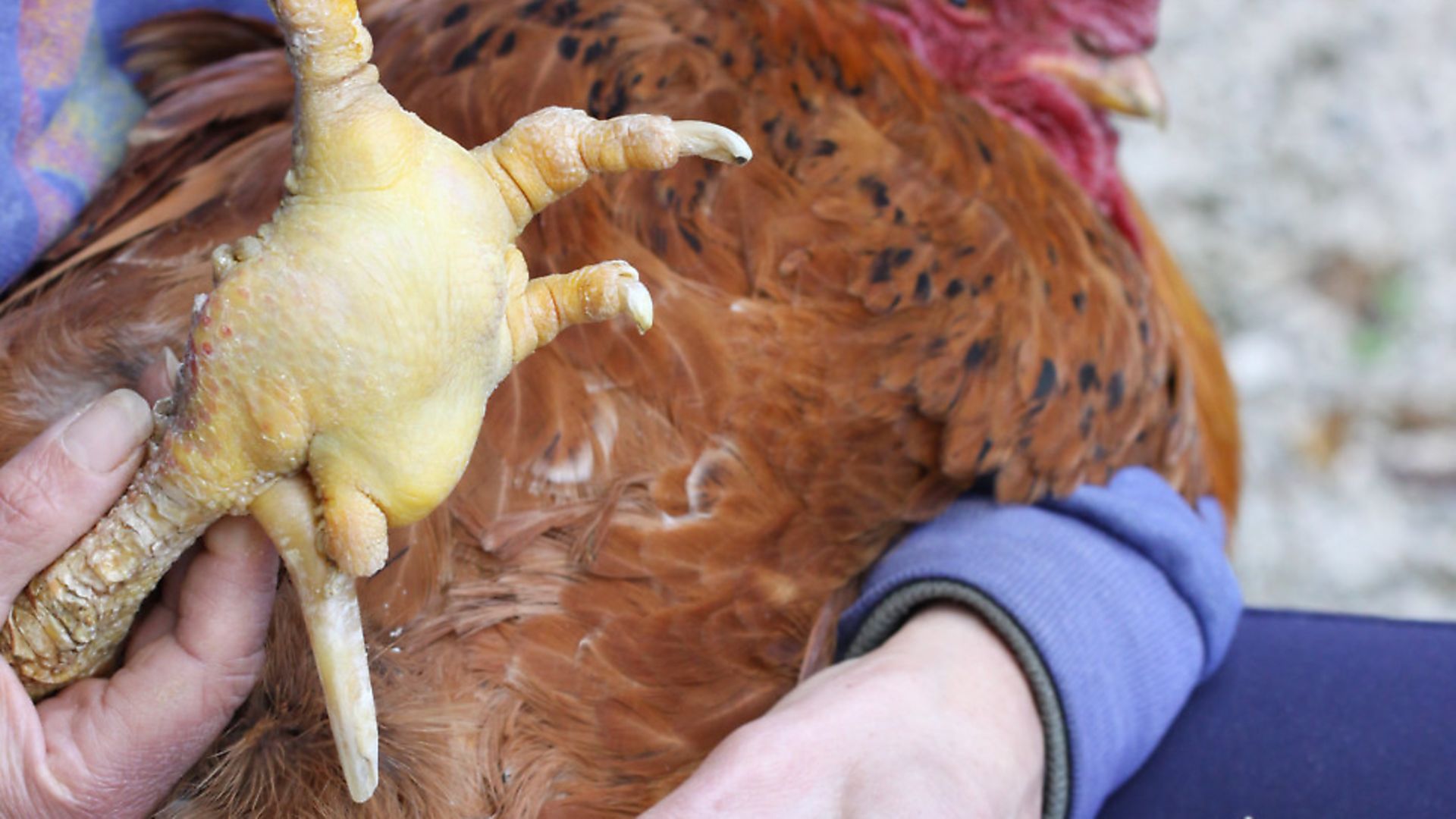
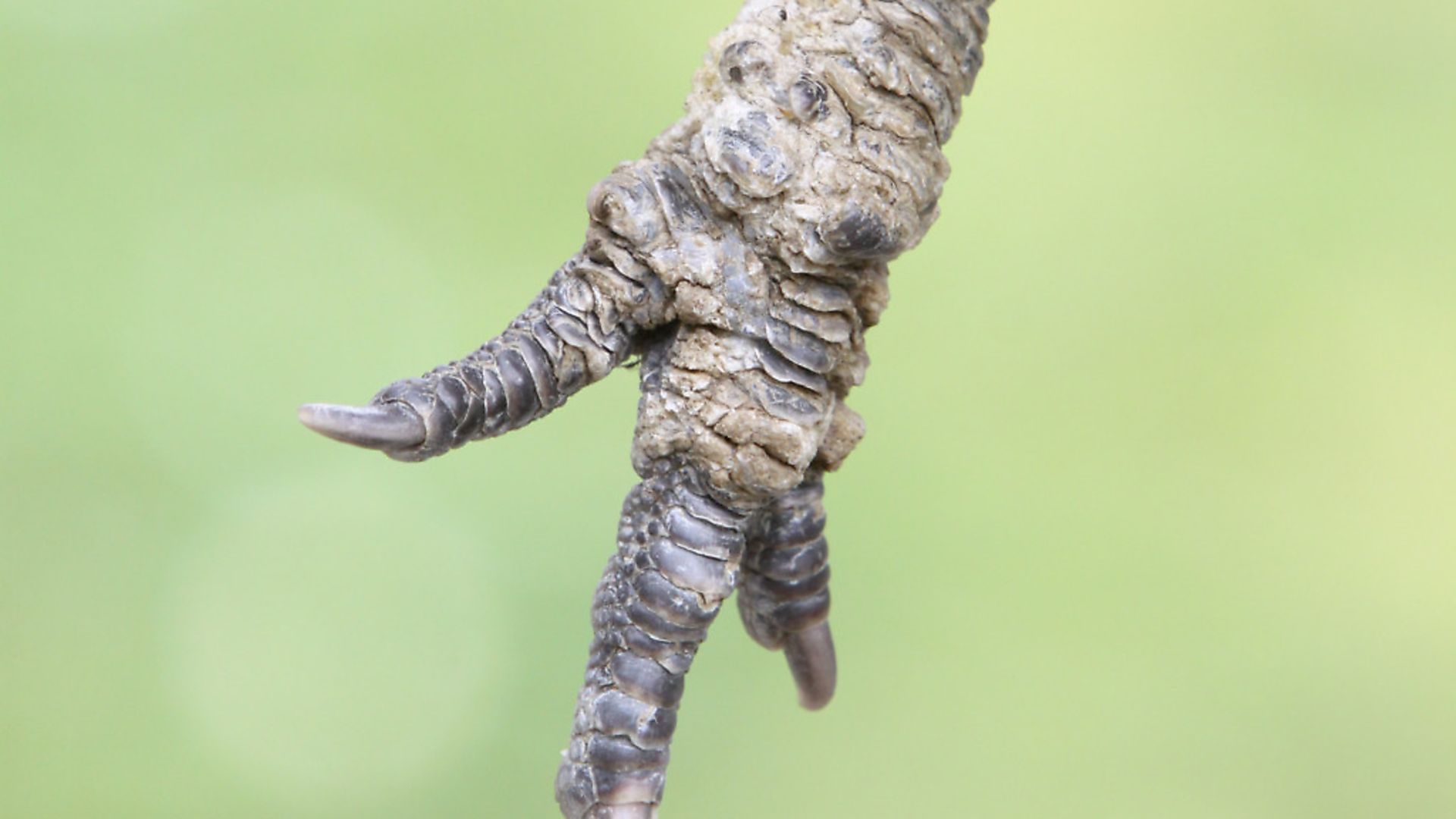
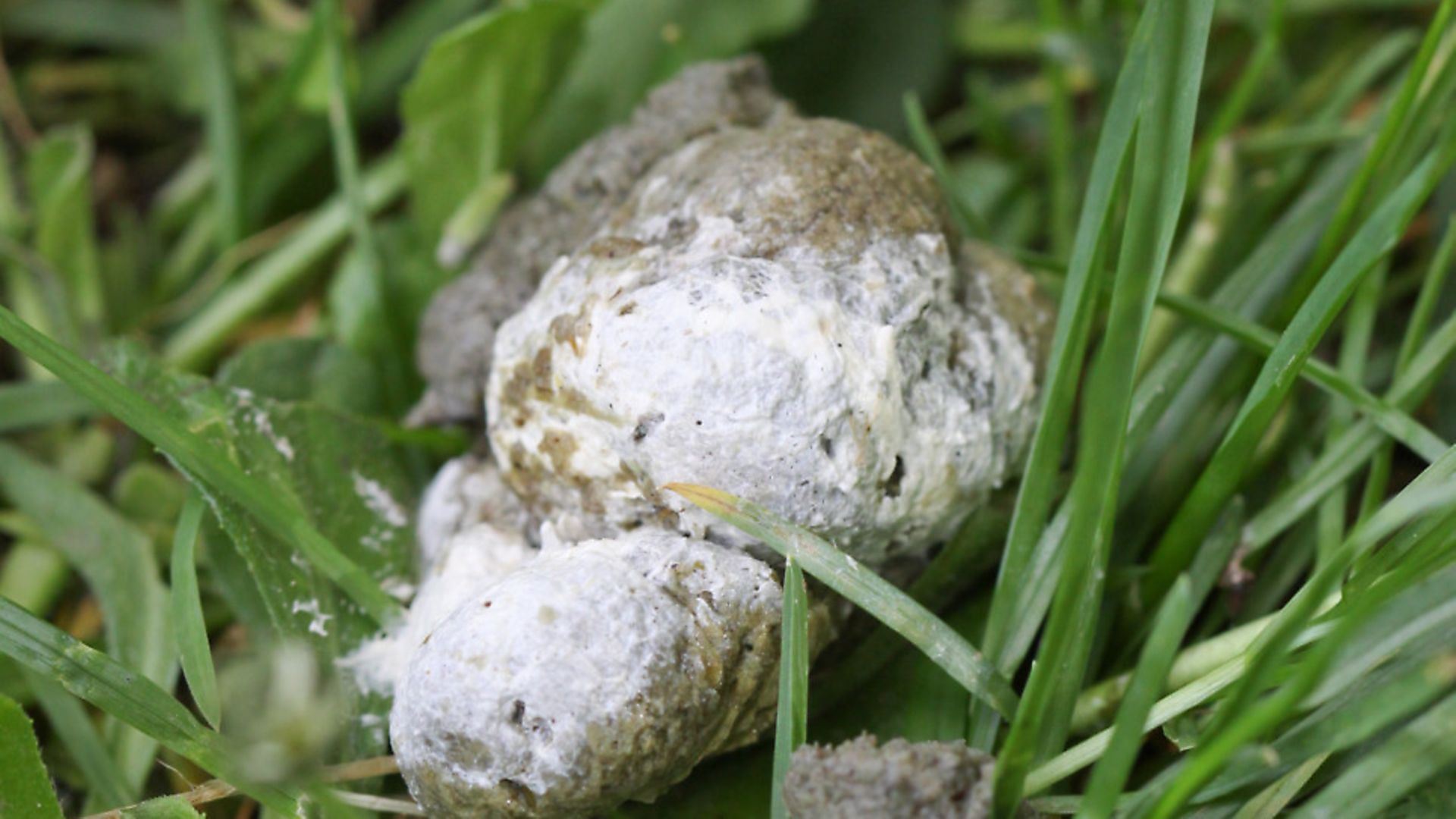
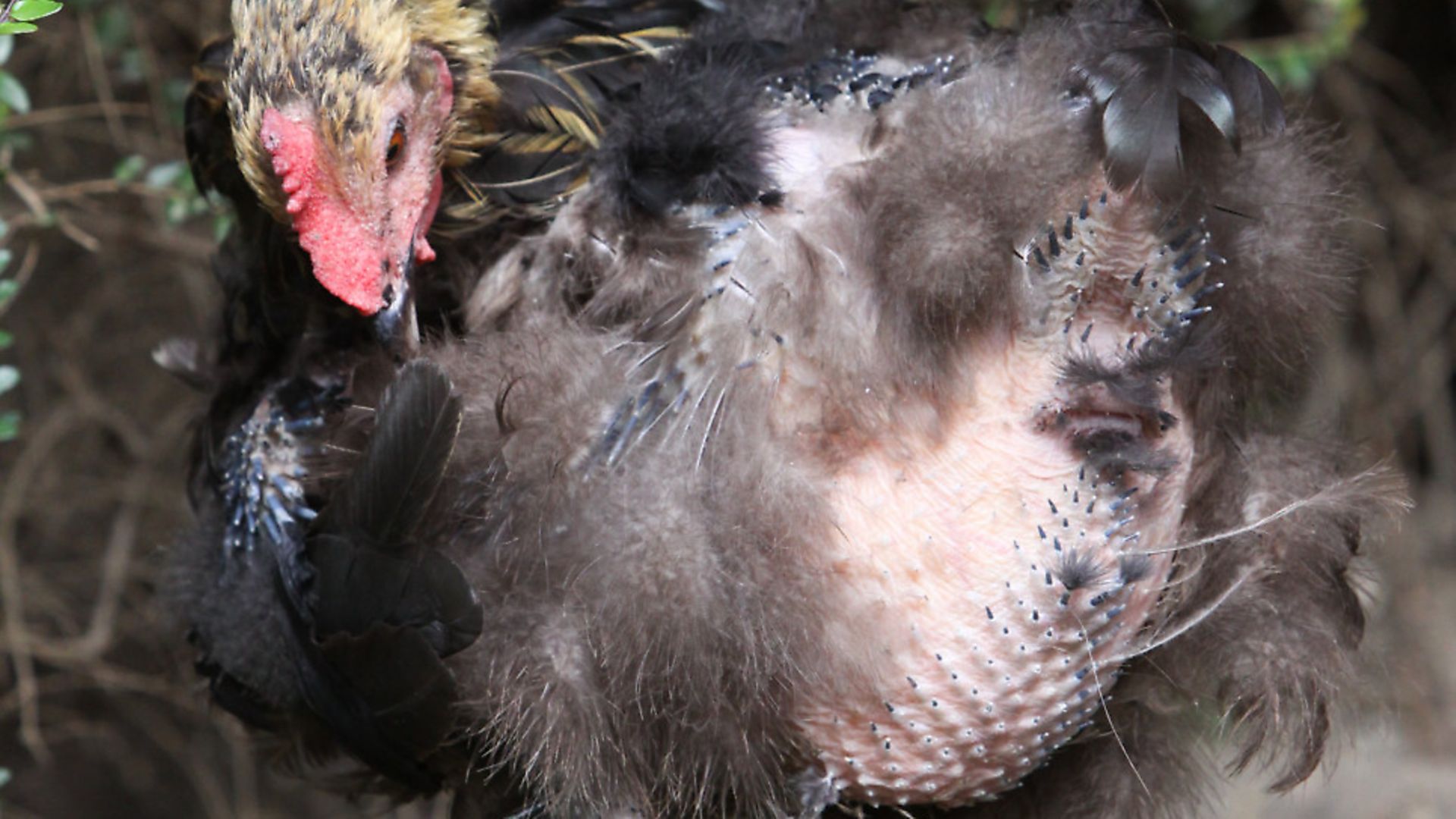
Image(s) provided by:
Archant
Archant
Archant
Archant
Archant
Archant
Archant
Archant
Archant
Archant
Archant
Archant
Archant
Archant
Archant
Archant
Archant
Archant
Archant
Archant
Archant
Archant







